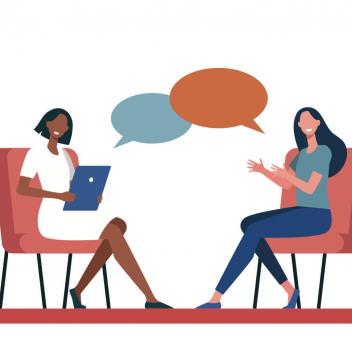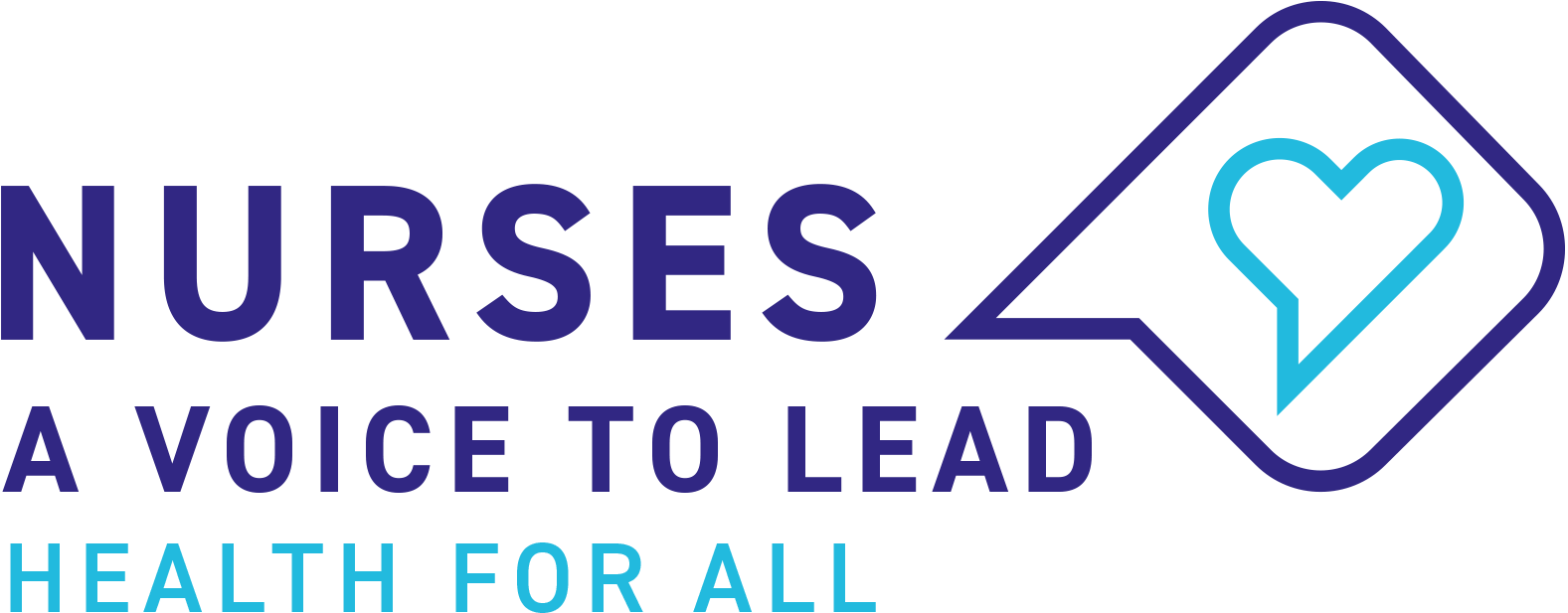Collegial relationships
Collegial relationships

(Collegial relationships) APPLYING EI TO SALUTOGENESIS IN COLLEGIAL RELATIONSHIPS
Collegial relationships, based on professional role interaction and shared values, commitment, and hardship can also be salutogenic. Two nurses who don’t “get along” may find common ground (meaning) in shared commitment to solving a particularly difficult patient problem. A doctor and nurse may find new respect and a deeper level of effectiveness when they use their different approaches together to achieve a common goal, deepening their partnership at the same time patient goals are achieved. The effectiveness of excellent mentors, teachers, and supervisors often rest with their ability to form salutogenic relationships that are very different from friendships or other relationships of equal power. In collegial relationships, EI ability feeds the salutogenic qualities of a relationship. Identifying emotions, especially those related to conflict like competitiveness, jealousy, defensiveness, and resistance leads to an opportunity to move beyond them and set shared meaning as the primary goal. This is illustrated in a relationship between two ICU nurses who openly acknowledged their dislike of each other. Head-to-head over a deep open wound in their patient’s leg, they finally looked at each other and said, “You will never be my friend, but we both want this thing healed.” This identification of emotions, along with the spoken commitment to a common goal, enabled them to set aside the emotions that were keeping them from working well together. They never did become friends, but their professional relationship, built on their mutual respect and professional work together, nourished them both.EI, SALUTOGENESIS, AND NURSING RESEARCH
Little research examines EI ability as it affects salutogenesis in nurses specifically, but a great deal of evidence supports the relationship between EI and related concepts, physical and emotional health, self-efficacy, and emotional self-care in moral and spiritual distress. Meta-analysis of general population (including samples greater than 19,000), concluded that EI correlated with emotional and physical health (Kotsou et al., 2018; Martins et al., 2010). Development of EI ability has been correlated with health outcomes in nurses, and several studies identified EI as a mediator in nurses’ stress responses and burnout (Afsar et al., 2017; Hurley et al., 2020; Jurado et al., 2019) (see Chapter 15 for research summary). It is particularly interesting that countries as culturally dissimilar as the United States, Pakistan, Greece, Spain, and China report similar findings.
DEVELOPING EMOTIONAL INTELLIGENCE AND CULTIVATING SALUTOGENESISTHE PRACTICE OF REFLECTION AND USING THE RELAXATION RESPONSE
As the stories in this chapter suggest, identifying emotions in professional practice—and ways of understanding them, that have particularly rich meaning—is a great way to begin. Let us consider the following questions for our writing assignment this week that can start us off on this practice.1-When you are at the bedside, what emotional experiences make you feel more human, more deeply alive?2-What emotions have the opposite effect, diminishing your humanity?3-The ability to use emotions to reason is particularly important in this work.4-How does what I feel deepen my understanding of this emotion?5-How does my understanding of this emotion change how I feel?
APA FORMAT NO PLAGIARISM MORE THAN 10%DUE DATE SEPTEMBER 25, 20234 PAGESREFERENCES NO OLDER THAN 5 YEARS IN APA FORMART
References
Booyens, S. W., & Joubert, G. (2020). An exploration of factors influencing nurse-physician collegial relationships in selected private hospitals in Gauteng Province, South Africa. Health SA Gesondheid, 25, 1-12. https://doi.org/10.4102/hsag.v25i0.1255
Havaei, F., MacPhee, M., Ma, A., & Dahinten, V. S. (2020). The association between nurse-physician collaboration and patient outcomes in surgical and critical care units: A scoping review. International Journal of Nursing Studies, 102, 103472. https://doi.org/10.1016/j.ijnurstu.2019.103472
Huang, L., Ye, J., & Yu, J. (2020). The relationship between nurse-physician communication and quality of nursing care. Journal of Nursing Management, 28(4), 775-783. https://doi.org/10.1111/jonm.12954


:max_bytes(150000):strip_icc()/article_7866255_foods-you-should-eat-every-week-to-lose-weight_-04-d58e9c481bce4a29b47295baade4072d.jpg)








